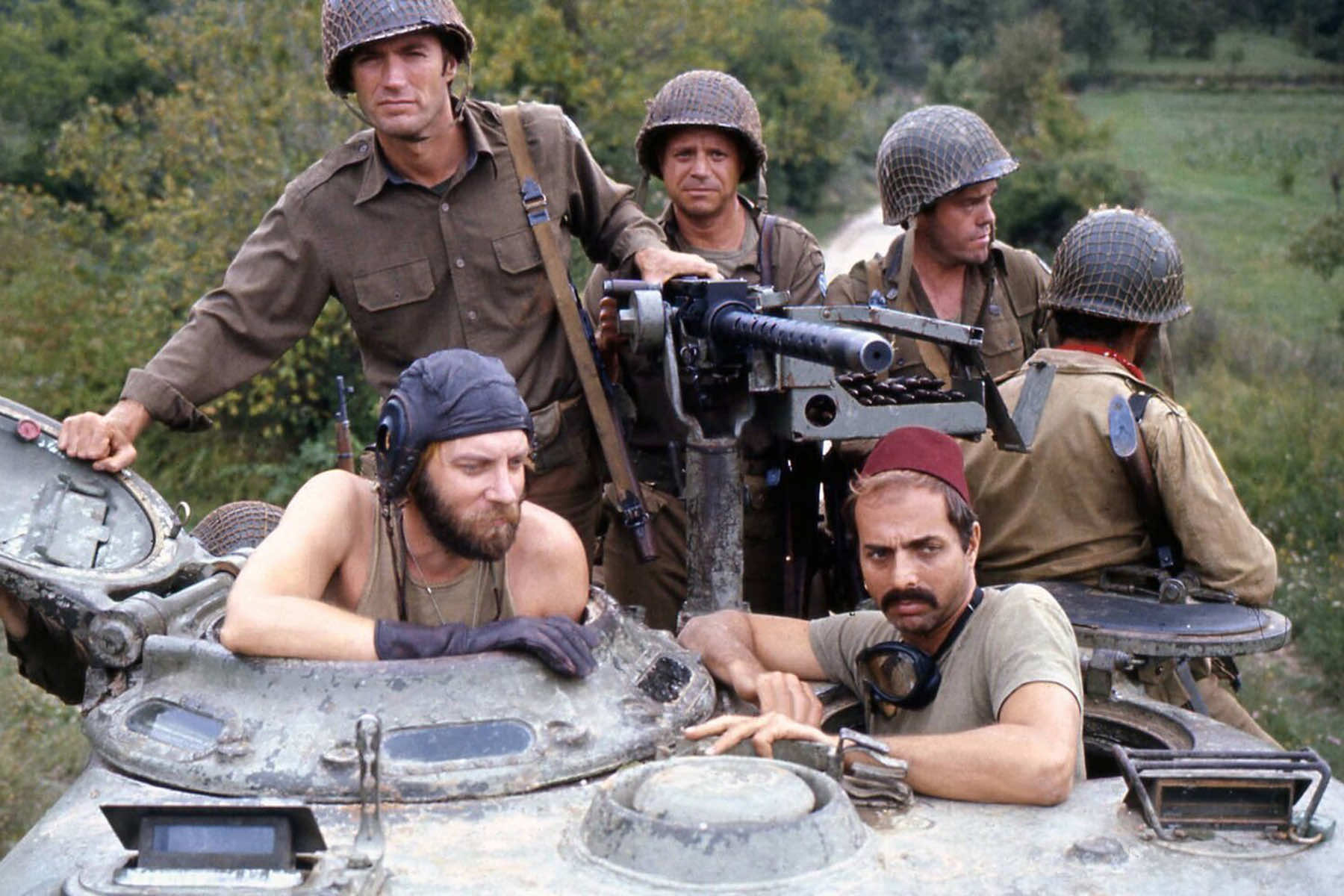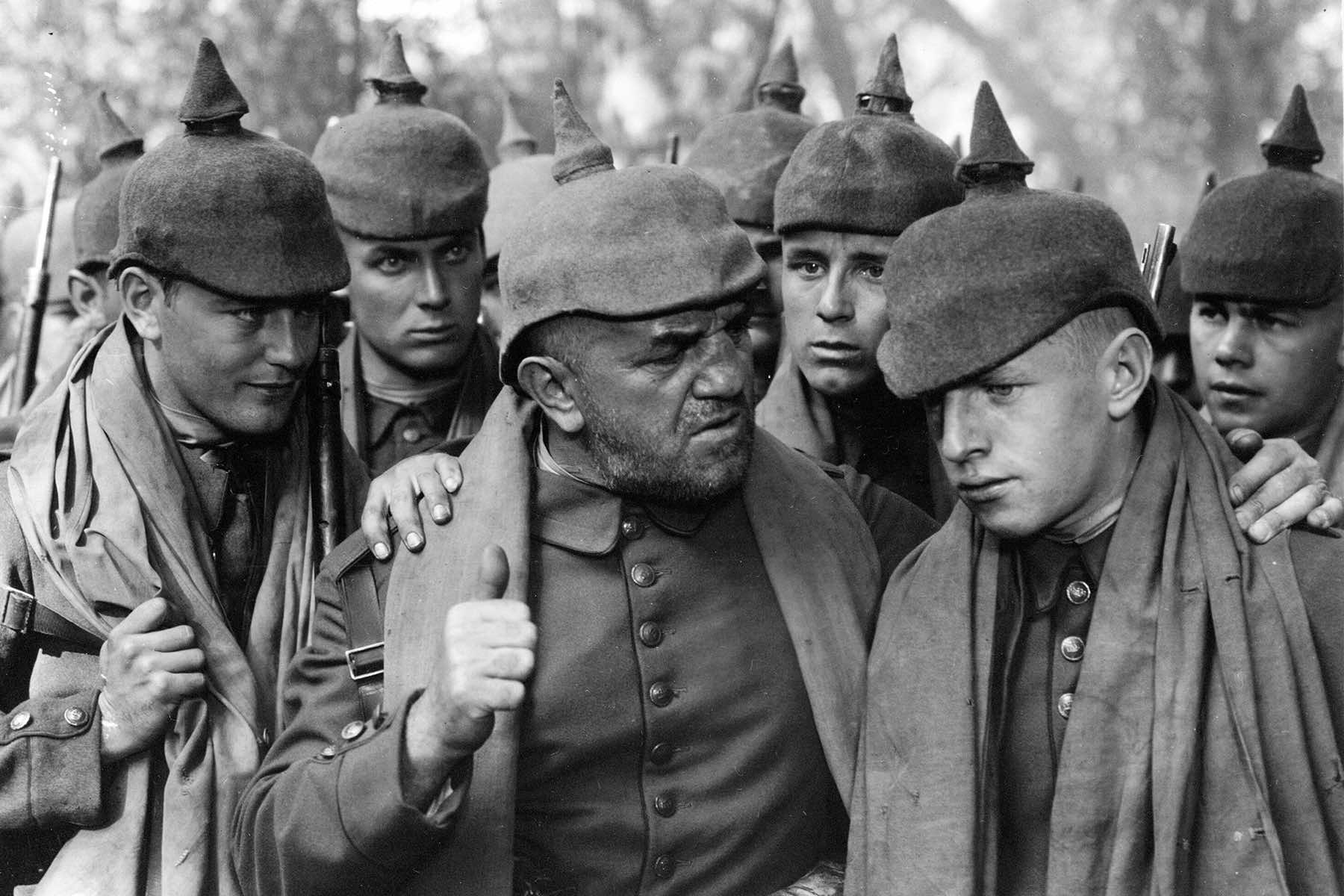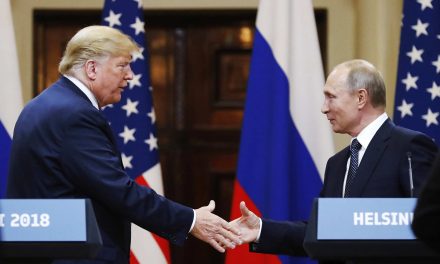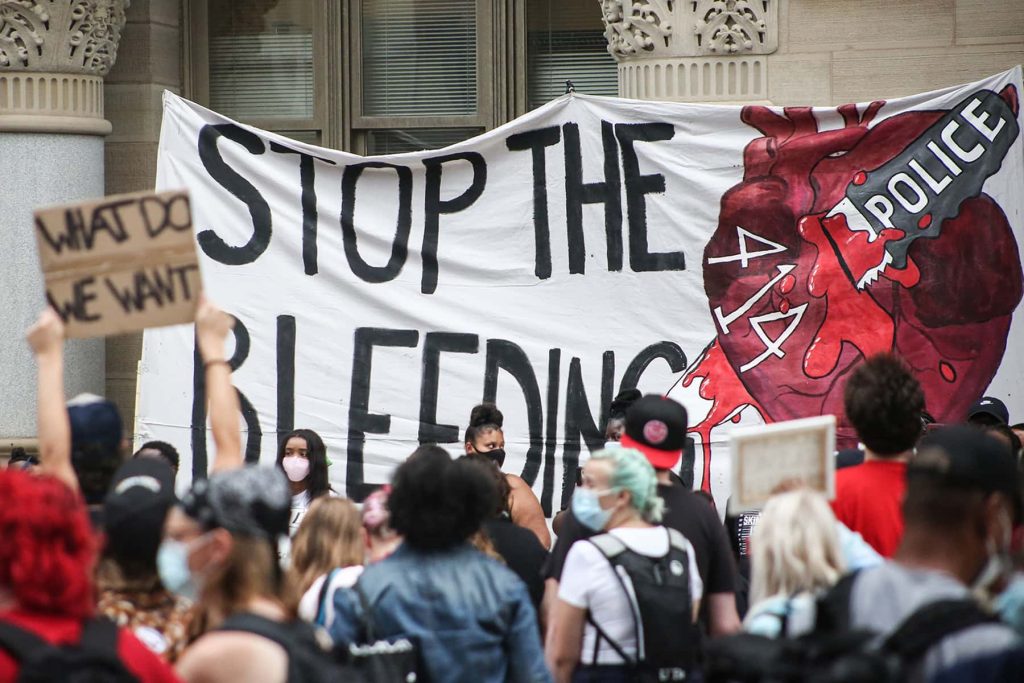
For nearly a century, war movies have been a cinematic cornerstone, dramatizing the chaos, heroism, and heartbreak of human conflict. But as Hollywood moves midway into the 2020s, fewer films are being made and even fewer capturing significant box office attention.
The genre that has given us unforgettable stories, from the Cold War fears that culminated in Stanley Kubrick’s “Dr. Strangelove” (1964) to the tragedy of Vietnam in his “Full Metal Jacket” (1987), appears to be in retreat.
The question is, why? What happened to the war movie, a category that once commanded the attention of audiences and critics alike? A deep dive into production trends, cultural shifts, and industry dynamics reveals a predictable decline.
THE NUMBERS: A DECLINE IN PRODUCTION
In the 1940s, war movies were prolific. Over 100 films explored the realities of World War II, bolstered by both the immediacy of the conflict and Hollywood’s role as a morale booster for a nation at war. Audiences flocked to theaters to watch films like “Casablanca” (1942) and “The Best Years of Our Lives” (1946), stories that reflected the struggles and sacrifices of that generation.
By the 1970s, however, production had dipped to around 30 to 50 war films per decade, with the Vietnam War taking center stage in haunting classics like “Apocalypse Now” (1979) and “The Deer Hunter” (1978). The 1980s brought a resurgence, with 60 to 80 films addressing both Vietnam and Cold War tensions, including standout titles like “Platoon” (1986) and “Good Morning, Vietnam” (1987).
Fast-forward to the 2020s, and the genre’s output has sharply declined. Early estimates suggest only 20 to 30 war films have been produced in this decade so far, a fraction of what was once typical. Even the critically acclaimed remake “All Quiet on the Western Front” (2022) and Spike Lee’s “Da 5 Bloods” (2020) have not reignited the genre’s former glory.
ESTIMATED NUMBER OF WAR FILMS BY DECADE
- Movies 1930s: World War I and the Spanish Civil War = 30
- Movies 1940s: World War II = 100
- Movies 1950s: World War II and the Korean War = 70
- Movies 1960s: World War II and the Cold War = 60
- Movies 1970s: Vietnam War = 50
- Movies 1980s: Vietnam War and Cold War = 80
- Movies 1990s: World War II and the Gulf War = 60
- Movies 2000s: Iraq War and Afghanistan War = 70
- Movies 2010s: World War II and modern conflicts = 80
- Movies 2020s (up to 2024): Cyberwarfare = 30
CHANGING TASTES: FROM BATTLEFIELDS TO BLOCKBUSTERS
One of the clearest reasons for the decline is the changing tastes of moviegoers. War movies thrived in an era when audiences had personal or familial connections to the events depicted. During the 1940s and 1950s, nearly every American family had a direct link to World War II, whether through military service or home-front sacrifices. Films like “The Bridge on the River Kwai” (1957) resonated because they told stories that felt personal.
The era was so influential that it often became the backdrop for unconventional narratives, such as “Kelly’s Heroes” (1970), which reimagined a classic bank heist story into an audacious caper set during the invasion of Nazi Germany.
Today’s audiences are different. Younger generations are more likely to gravitate toward escapist entertainment — superhero blockbusters, fantasy sagas, and science fiction epics dominate the box office. In 2023, for example, Marvel and DC films collectively grossed billions, while war films struggled to gain comparable traction.
Moreover, the historical distance from conflicts like World War II and the Vietnam War means fewer viewers feel a personal connection to those events. As the last generation of WWII veterans passes away, the immediacy that once fueled the genre’s popularity diminishes.
CULTURAL SHIFTS: FROM PATRIOTISM TO SKEPTICISM
In the mid-20th century, war movies often served as propaganda tools, rallying Americans around shared ideals of patriotism and sacrifice. Films like “Thirty Seconds Over Tokyo” (1944) painted a picture of heroism that aligned with national narratives.
By the 1970s, however, that perspective had shifted. The Vietnam War’s divisiveness prompted filmmakers to explore the moral ambiguities and psychological toll of combat. Movies like “Born on the Fourth of July” (1989) and “Coming Home” (1978) presented war as chaotic, destructive, and far from heroic — a stark contrast to the triumphalist narratives of earlier decades.
In the 21st century, that skeptical lens persists. Modern films like “The Hurt Locker” (2008) and “American Sniper” (2014) focus less on the glory of war and more on its personal costs, portraying soldiers grappling with trauma and moral complexity. While these films resonate with some audiences, they lack the unifying appeal of earlier, more straightforward war stories.
THE ECONOMICS OF WAR FILMS
War movies are expensive to produce. Authentic battle scenes require massive budgets for period-accurate costumes, elaborate sets, and extensive special effects. A film like “Dunkirk” (2017), with its meticulously choreographed aerial dogfights and sprawling beach sequences, cost over $100 million to make.
For studios, these high production costs represent a significant risk, particularly when competing genres offer higher returns. Superhero films, for instance, have proven to be consistently lucrative, with franchises like the Marvel Cinematic Universe delivering billion-dollar hits year after year. War films, by contrast, have a more limited audience and less predictable box office performance.
Streaming platforms have also reshaped the financial calculus. While services like Netflix and Apple have funded ambitious war projects, like “All the Light We Cannot See” (2023) and “Blitz” (2024) being prime examples, these films often bypass theatrical releases entirely which reduces their cultural visibility.
MODERN WARS AND THEIR CHALLENGES
Another factor contributing to the genre’s decline is the complexity of modern conflicts. Unlike World War II, which is often framed as a battle between good and evil, wars in Iraq and Afghanistan are deeply polarizing. Films like “Green Zone” (2010) and “Zero Dark Thirty” (2012) grapple with these moral and political complexities, but their nuanced narratives can alienate audiences seeking clearer moral resolutions.
Moreover, the rise of asymmetric warfare — characterized by guerrilla tactics, drones, and cyber operations — poses storytelling challenges. The grand and large-scale battles that defined films like “Saving Private Ryan” (1998) are increasingly rare in modern conflicts, making it harder for filmmakers to craft the kind of epic, visually arresting narratives that audiences expect.
STREAMING: A DOUBLE-EDGED SWORD
While streaming platforms have kept the war movie genre alive, they have also contributed to its diminished prominence. Netflix’s “Operation Mincemeat” (2022) and “The Forgotten Battle” (2021) received critical acclaim but did not have the same cultural impact as theatrical blockbusters. Streaming services prioritize niche audiences, meaning these films often reach fewer viewers than they might in a traditional cinema release.
At the same time, international filmmakers have expanded the genre’s boundaries. Films like “The Pianist” (2002) and “Letters from Iwo Jima” (2006) showcase non-American perspectives, diversifying the narrative landscape but reducing Hollywood’s dominance in war storytelling.
THE FUTURE OF WAR MOVIES
Despite the decline, war movies are unlikely to disappear entirely. Instead, the genre is evolving, with filmmakers experimenting with new storytelling approaches. Christopher Nolan’s “Dunkirk” used non-linear timelines to heighten tension, while Sam Mendes’ “1917” employed a single-shot technique to immerse viewers in the immediacy of combat.
Looking ahead, the genre’s survival may depend on its ability to tell untold stories. While the World Wars and Vietnam have been extensively covered, there are countless other conflicts — both historical and contemporary — waiting to be explored. For example, Robert Altman’s M*A*S*H (1970) about a medical unit during the Korean War, was the basis for a television series that ran for 11 seasons.
WHEN WAR MOVIES RULED HOLLYWOOD
War movies once offered a mix of entertainment and cultural reflection that captivated generations. Today, the genre faces new challenges, from shifting audience tastes to the complexities of modern conflicts. Yet, for all its struggles, the war movie remains a vital part of cinema. It is a genre capable of probing the depths of human experience and shining a light on the costs of conflict.
While its numbers may never again reach the heights of the 1940s, the war movie’s enduring appeal ensures that it will continue to evolve, adapting to the times and finding new ways to tell its stories. They remind the American public that some tales of bravery and sacrifice are simply too powerful to fade away.
© Photo
Metro-Goldwyn-Mayer (MGM) and Universal Pictures Corp.















